What are you wiping your bottom with? When it comes to toilet paper brands, most people focus on quality & comfort. If you are into green & non-toxic living, you’d likely select a recycled brand to be more sustainable. But did you know that your toilet paper could be treated with harsh chemicals regardless if it’s “sustainable” or not? You’ve trusted Mamavation to cover topics like the safest teas, safest disposable plates, and safest cookware, Now join us as we delve into the places others dare not go–toilet paper.
Disclosure: This post contains affiliate links and was fact-checked by Rebecca Elizabeth Sherrick Harks, Registered Nurse.
Table of Contents
Toilet Paper Is Incredibly Problematic to The Environment. It Disrupts The Largest Carbon Sink We Have In The World–The Canadian Boreal Forest.
Americans use close to 8 million tons of toilet paper per year according to Consumer Reports. Paper production like toilet paper, paper towels, baby wipes, tissue paper, coffee filters, & writing paper are incredibly toxic to the environment, leaves a huge carbon footprint, and deplete forests all over the world. In fact, this industry is the 3rd largest polluter.
The National Resources Defense Council reports:
“The pulp and paper industry may contribute to more global and local environmental problems than any other industry in the world. Paper manufacturers reach deep into species-rich forests for virgin timber, razing trees, polluting waterways and destroying precious wildlife habitat. Pulp and paper mills that use virgin timber are major generators of hazardous air pollutants, including dioxins and other cancer-causing chemicals. And the industry is the third largest industrial emitter of global warming pollution.”
One of the most important regions in the world for capturing carbon is the Boreal Forest in Canada in North America. Your toilet paper and toilet roll likely started there like a tree in the largest carbon sink in the world. Cutting down on toilet paper made from wood pulp and looking for alternatives like bamboo & sugarcane helps this effort. Watch how your choice of toilet paper helps fight climate change.
According to a report by the National Resources Defense Fund, “industrial logging claims more than a million acres of boreal forest every year, equivalent to seven National Hockey League rinks each minute, in part to meet demand for tissue products in the United States.” Long story short, if you want to become part of this solution, looking for alternatives would be the way to go. They are only logging the Boreal forest because we demand toilet paper made from wood pulp. Start demanding toilet paper made from bamboo & sugarcane instead. Not only is it a good thing to do for the planet, but also for your health, which we will get to now.
Are There Toxins in Your Toilet Paper? Pay Attention Especially If You Are Female.
Thousands of chemicals are used to process commercial paper products like baby wipes & toilet paper. And as a woman, what I put inside me to wipe can have an impact on my health because I’m very vascular down there. One of the worst chemicals used in the processing of toilet paper is chlorine. So it’s important to be cognizant of what chemicals touch our most porous area because toxic substances can easily enter our skin and get into our bloodstream. Selecting toilet paper that does the least amount of harm to both our bodies and the environment is wise.
Toilet paper has also been suspected of chronic irritation of the vulva. In a 2010 study, they found that toilet paper may be the blame for chronic irritation of the vulva because formaldehyde was found present to improve the strength of the toilet paper. Formaldehyde is a known carcinogen.
3 key areas where toilet paper can cause you harm:
- Toxic additives
- Bleaching with chlorine
- Recycled paper and surprise contaminants–bisphenols (BPA & BPS)
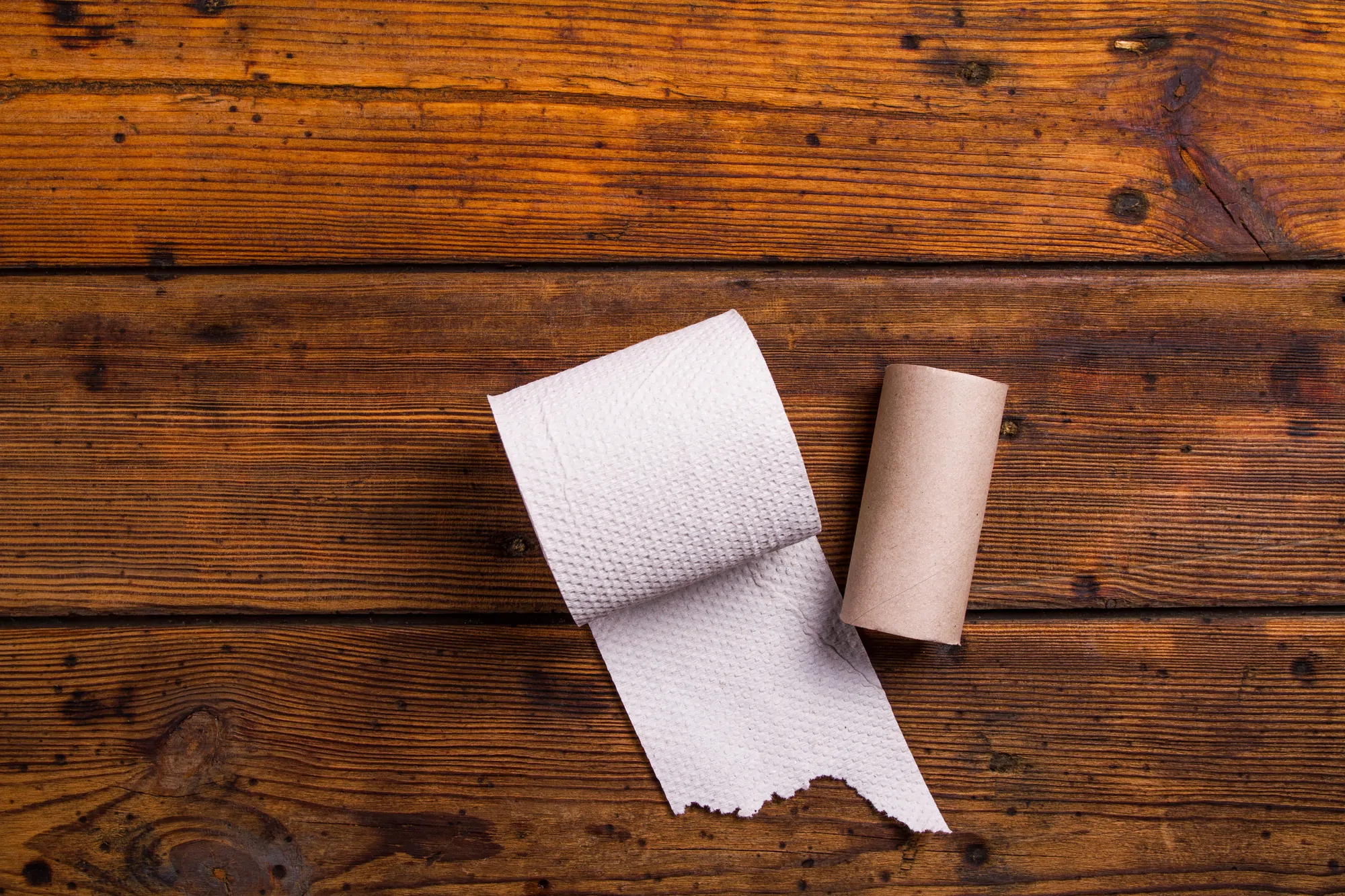
Toxic Additives Don’t Belong In Toilet Paper
Toilet paper with scents or lotions and flushable wipes likely contain problematic ingredients that enter as ingredients or as part of the manufacturing process.
- PEGs: This was a problem with flushable wipes. Many of them contained a variety of PEG compounds. Ethoxylated ingredients (like PEGs) on their own are of low concern to humans, however, the process of ethoxylation can leave behind trace amounts of carcinogens: ethylene oxide and 1,4-dioxane.
- Undisclosed fragrances: Because there’s no way to know what components are in the fragrance, we have no way to know if the ingredients are harmful or can cause an allergic reaction. Synthetic musks and phthalates typically hide in hidden “fragrance” that is undisclosed. Phthalates are potent endocrine-disrupting chemicals linked to obesity, hyperactivity in children and degraded sperm quality.
- Paraffin wax: This is made from petroleum by-products and can be absorbed into the skin. It may also be contaminated with carcinogens.
The Bleaching Process of Toilet Paper Is a Bummer!
Bleaching is the process by which toilet paper is whitened. Most companies do this process because unbleached products are typically harsher to the touch. Bleaching often involves the use of chlorine, which can produce dioxins. Dioxins are extremely toxic, with risks including reproductive and developmental problems, damaging the immune system, acting as endocrine disruptors, and can be a carcinogen.
The best course of action is to go with the least amount of chlorine as possible, so chlorine dioxide is better. Avoiding dyes & inks is also important. After interviewing some brands we discovered that it’s not possible to avoid chlorine derivatives all the time when it comes to alternative fibers. It’s just not available yet. For fibers like bamboo pulp, manufacturers are all doing chlorine dioxide instead of the harsher elemental chlorine. Sugarcane fibers have the ability to be bleached without the use of chlorine derivatives. As this becomes a more popular selection, I’m sure there will be more options. We’ve recognized this difficulty when making our selections.
The American Forest & Paper Association (AFPA) recognizes these ways of bleaching:
- Elemental Chlorine Free (ECF): While they don’t use the harsh element chlorine, they do use a chlorine derivative like chlorine dioxide. This process is far less toxic than using elemental bleach to process.
- Process Chlorine Free (PCF): This process is typically used by recycled paper products that have not been re-bleached with chlorine-based compounds.
- Totally Chlorine Free (TCF): No chlorine or chlorine compounds were used to bleach the pulp. Unfortunately, TCF is primarily done in China, which uses poor and unsafe standards.
- Unbleached: Means it’s untreated and typically very rough to the touch.
The Trouble With Recycled Paper & Suprise Contaminants–BPA Hiding In Your Receipts Contaminates The Recycled Toilet Paper.
While recycled paper is, of course, the best option for the planet, there is one dirty little secret it is hiding–bisphenols like BPA and BPS. Bisphenols like BPA have been discovered as a hideaway inside recycled toilet paper. This is because thermal receipt paper, which is contaminated with bisphenols BPA & BPS, ends up finding its way into recycled paper products like toilet paper. Bisphenols like BPA are endocrine disruptors and studies have linked them to reproductive problems, early puberty, low sperm count, and breast cancer.

Mamavation Finds Indications of PFAS “Forever Chemicals” in Some Popular Toilet Paper
Mamavation sent 17 different toilet paper products off to an EPA-certified laboratory to look for indications of PFAS “forever chemicals.” The products consisted of conventional toilet paper, FSC certified toilet paper, bamboo toilet paper, and bamboo & sugarcane blended toilet paper. We did not purchase any products specifically for septic tanks or septic systems, but some of these products are considered septic safe.
Here are the main findings from Mamavation’s Toilet Paper PFAS Consumer Study:
- 24% of toilet paper tested at Mamavation’s EPA-certified lab had indications of PFAS “forever chemicals”, while 76% of toilet paper tested did not. In other words, 4 out of 17 products contained indications of PFAS “forever chemicals.”
- According to our lab, levels of organic fluorine, a marker for PFAS, were found between 10 parts per million (ppm) to 35 parts per million (ppm).
- 50% of the products with detectable levels of organic fluorine were bamboo products. In other words, 2 out of 4 detectable products were made from bamboo, one was made from conventional wood pulp, and one was made from recycled paper.
When PFAS is detected in personal care products, such as toilet paper, in the amounts we are seeing they are unlikely added on purpose but are more likely present due to manufacturing or packaging contamination of some kind in the supply chain.
Mamavation’s lab used marker testing to identify the potential presence of PFAS “forever chemicals” in toilet paper products. Organic fluorine is a marker for PFAS because all PFAS chemicals are carbon-based compounds that contain fluorine. The specific lab method used by Mamavation tested for total fluorine was the Determination of Total Fluorine by Oxygen Flask Combustion and Ion-Selective Electrode. If total fluorine was observed at a detection level of 10ppm, the lab did the Determination of free Fluoride Ion in the toilet paper by Ion-Selective Electrode and then subtracted that from the Total Fluorine to determine the amount of organic fluorine. This marker testing is likely to show the presence of PFAS, but other possibilities are things like fluorinated pesticide residue and fluorinated pharmaceuticals.
Scott Belcher, Ph.D. & Associate Professor with the Center for Environmental & Health Effects of PFAS at North Carolina State University says “fluoropolymers, such as polytetrafluoroethylene (PTFE) or Teflon®, are extremely common forms of PFAS that could be contributing to the organic fluorine found in food products. Methods used for detecting individual PFAS, such as PFOA or GenX, cannot directly identify PTFE. However, the analysis of total organic fluorine does account for all PFAS contaminants in food, including PTFE. Therefore, this serves as a good ‘spot-check’ of consumer products.”
Mamavation’s Toilet Paper Investigation
Mamavation scoured the internet for the most popular conventional and alternative toilet papers. We also enlisted help finding brands from our Facebook group & interviewed some experts to create standards and categorize brands.
Here’s our rankings based on materials & processing used. We’ve also included raw data from lab-tested products below.
Not Our Favorite Brands for Your Booty
These products contain additives or are bleached with chlorine. Chlorine bleaching exposes us to dioxins and furans which build up inside our bodies. Some of these brands could also be using formaldehyde. Most of these brands are made from virgin wood fibers, so they do not contain trace amounts of bisphenols but they are also not sustainable. These brands are cutting down the Boreal Forest in Canada, which is the largest carbon sink in the world.
- Aria Toilet Paper: No recycled products; ECF or PCF but no further details.
- Cashmere Envirocare Toilet Paper: No recycled products: ECF or PCF but no further details.
- Charmin Ultra Products: Undisclosed conditioners and processed with ECF. Charmin Ultra Gentle also contains paraffin wax, a petroleum by-product.
- Charmin Flushable Wipes: PEG and undisclosed fragrance.
- Cottonelle Flushable Wipes: PEG and undisclosed fragrance.
- Purek Envirocare Toilet Paper: No recycled products; ECF or PCF but no further details.
- Scott Flushable Wipes: PEG and undisclosed fragrance.
- Wegman’s Toilet Paper: No recycled content. ECF or PCF but no further details.
- White Cloud Toilet Paper: No recycled content. ECF or PCF but no further details.
Additional Brands Tested for PFAS “Forever Chemicals”
According to lab tests, these products contain organic fluorine, which is a marker for PFAS “forever chemicals.” We do not recommend you purchase from this category.
- Charmin Ultra Soft Toilet Paper — 13 parts per million (ppm) organic fluorine
- Seventh Generation 100% Recycled Bath Tissue — 35 parts per million (ppm) organic fluorine
- Tushy Bamboo Toilet Paper — 10 parts per million (ppm) organic fluorine
- Who Gives a Crap Bamboo Toilet Paper — 11 parts per million (ppm) organic fluorine
Better Brands for Your Booty
These brands are light years better, but there are some issues. This is where it gets murky. These brands contained recycled paper, bamboo or sugarcane. Using chlorine dioxide is preferable to elemental chlorine, so we recognize that. These products are either 1) recycled so we assume it could contain trace amounts of bisphenols like BPA/BPS, 2) are made with bamboo using elemental chlorine free (ECF) processing or 3) are made from unbleached trees or bleached with hydrogen peroxide.
- Bambootiful: 100% bamboo toilet paper likely using ECF bleaching process
- BimBamBoo Toilet Paper: 100% bamboo paper bleached using ECF
- Best Value: Recycled paper but uses PCF.
- Brandless: Use hydrogen peroxide instead of chlorine to bleach.
- Dream Bright 100% Bamboo Toilet Paper: Uses 100% bamboo likely bleached with ECF
- Kirkland Signature (Costco Brand): Uses PCF in recycling and ECF for pulp, most likely with chlorine dioxide. 0 to 50% recycled, depending on where purchased.
- Marcal: All recycled pulp but avoid receipts as much as possible.
- Noo Trees 100% EcoLuxe Bamboo Toilet Paper: Uses 100% bamboo likely processed with ECF
- Quilted Northern EcoComfortTM: Uses virgin pulp but plants 3 trees for every one used, so this would be an example that was alluded to in the video above. Bleaches using ECF.
- Silk & Soft No Trees Bamboo Toilet Paper: Bamboo toilet paper likely bleached via ECF
- White Cloud Green Earth Toilet Paper: 100% recycled content possibly containing trace amounts of bisphenols like BPA/BPS
- WholeRoll Organic Bamboo Toilet Paper: Uses 100% bamboo likely bleached with ECF
- 365 Everyday Value 100% Recycled Bath Tissue: Uses recycled paper which is likely contaminated with trace amounts of bisphenols like BPA or BPS
Additional Brands Tested for PFAS “Forever Chemicals”
These products did not contain detectable organic fluorine but are not made of sustainable materials. These brands are very likely consuming materials from the Boreal Forest in Canada or a similar forest which is contributing to deforestation and adding more carbon to the atmosphere. Forest Stewardship Council (FSC) is preferred over Sustainable Forestry Initiative (SFI) certification for fibers.
- Angel Soft 230+ Sheets Double Roll Toilet Paper (made with Sustainable Forestry Initiative certified fiber)– non-detect organic fluorine
- Cottonelle Mega Ultra Comfort Care — non-detect organic fluorine
- Scott 1000 Sheets Per Roll Toilet Paper (made with FSC Certified fiber)– non-detect organic fluorine
- Signature Select (Albertsons) Mega Ultra Premium Bath Tissue — non-detect organic fluorine
- Quilted Northern Ultra Plush Soft & Strong Premium Comfort Toilet Paper (made with FSC-certified fiber) — non-detect organic fluorine
- Value Corner (Safeway) Bathroom Tissue — non-detect organic fluorine
Best Brands for Your Booty
These products did not contain detectable organic fluorine according to our lab and are also made of more sustainable materials like 100% recycled wood pulp, bamboo, and cane sugar. Because sometimes recycled papers can contain trace amounts of bisphenol S (BPS) or bisphenol A (BPA), we prefer you choose from the bamboo or cane sugar versions. Processing is either chlorine-free or elemental chlorine free and fragrance-free.
- Caboo Tree-Free Bamboo Bath Tissue — non-detect organic fluorine (Use discount code “EHN25” for 25% off your purchase price at Caboo Products!)
- ECOS Treeless Bamboo & Sugarcane Bathroom Tissue — non-detect organic fluorine
- Nature Z Way Bamboo Bath Tissue — non-detect organic fluorine
- Open Nature 100% Recycled Paper Bathroom Tissue — non-detect organic fluorine
- Public Goods Toilet Paper (Bamboo & Cane Sugar) — non-detect organic fluorine
- Reel Bamboo Toilet Paper — non-detect organic fluorine [updated on 3/23] (Use discount code “MAMAVATION” for 20% off the product!)
- Seedling by Grove Tree-Free Toilet Paper (made with FSC-certified bamboo)– non-detect organic fluorine
- Sprouts 100% Recycled Toilet Paper — non-detect organic fluorine
Alternatives to Toilet Paper–The “Family Cloth”
There are alternatives to toilet paper. Some more eco-minded families have ditched the toilet paper altogether for rags instead. An entire cottage industry on Etsy has sprouted up touting the sustainability of using “family cloths” instead of toilet paper. These are basically cloth rags you use, then store safely, rewash and keep using. You don’t really need to purchase special ones. Cutting up old clothes and towels will suffice just fine. Go browse Etsy if you want to see the creativity.
If you are going the reusable route, I also recommend our laundry detergent investigation so you know which laundry detergents are the least problematic to your health and the health of our environment. But be aware of the contamination. Make sure to store used “family cloths” in a bucket next to the toilet in a solution of vinegar, water & essential oils. That way, it stops the spread of most of the bacteria. The utmost precaution must be made when transferring the “family cloths” out of the bucket lest not contaminate any other part of your home. Simply dump the bucket into the laundry machine and make sure the setting is very hot.
But these rags would suffice if you wanted to purchase them on Amazon:
- Colors of the Rainbow Reusable Baby Wipes
- Christmas themed 12 pack of family cloths
- 60 simple cotton washcloths
Have You Ever Used a Bidet? It’s Pleasant & Gets You Very Clean.
If you’ve ever traveled in Europe, the Middle East, or Asia, you may have crossed by a bidet. The bidet uses warm water to perform a similar function to toilet paper, but cleaner. Some bidets are stand-alone washbasins that are located close to the toilet, while other bidets can be hooked up to a regular toilet.
Here are some bidets to check out to cut down on toilet paper use:
-
- Hello Tushy Classic Bidet (This is the one I have! Use discount code “NUMBERTWO2” for 20% off purchases.)
- Lux Self-Cleaning Bidet
- Lux NEO Bidet 185 Plus
- CRX Smart Toilet Bidet
- SmartBidet Electronic Bidet Seat
- BioBidet Bliss Elongated Toilet Seat
- SmartBidet Electric Bidet Seat
- Brondell Swash Elongated Bidet
- Brondell Advanced Bidet
- BLAUX Electric Portable Bidet
- Sanamity Toilet with Bidet & Dryer
The average American uses over 50 lbs. of paper pulp and close to $250 every year on toilet paper. We hope you have some good options to chose from for a safer wipe!
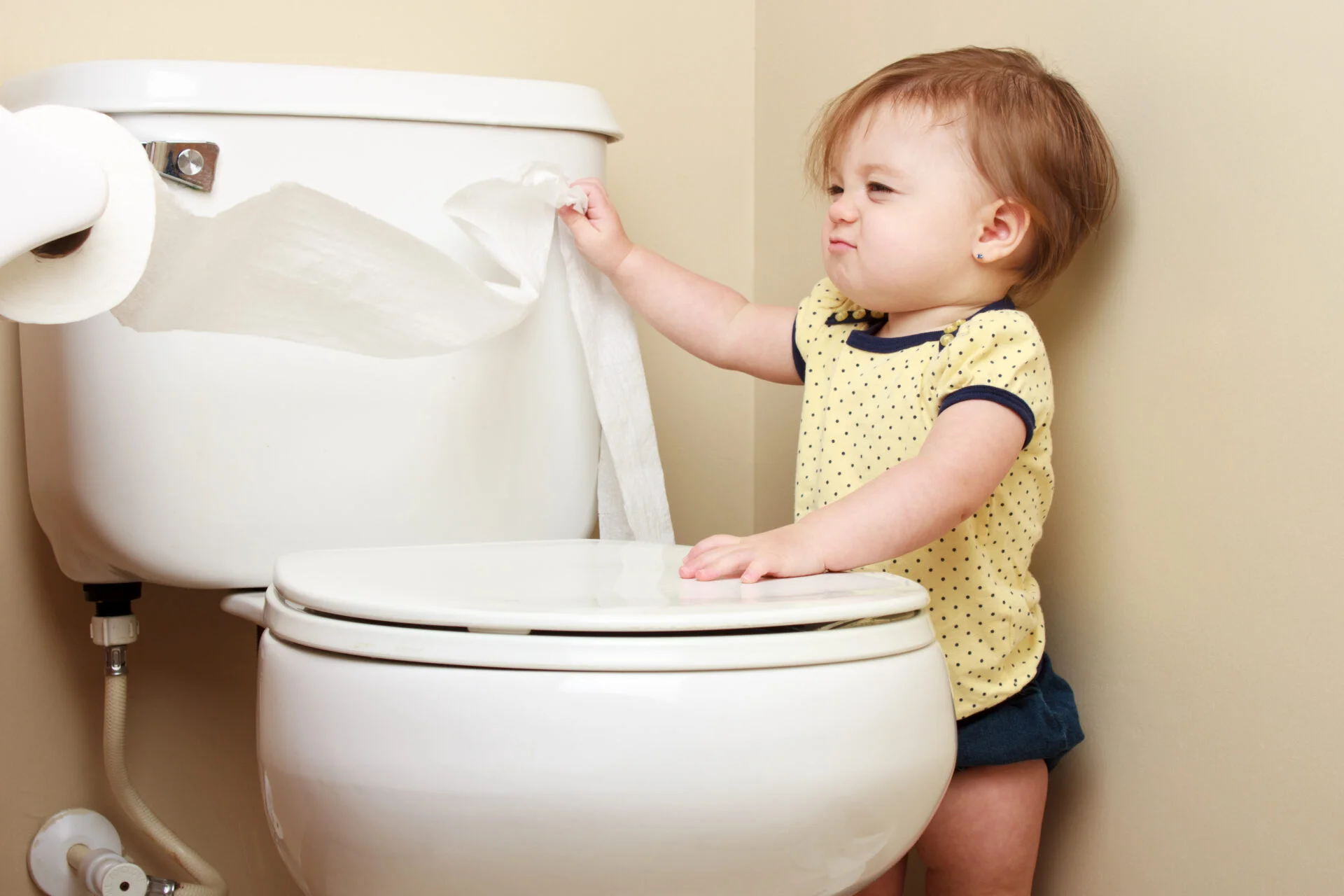
Additional Mamavation Investigations To Help Your Family
Mamavation has been working hard to discover where to find PFAS “forever chemicals” inside food & other products we purchase and bring inside our homes. This is why we have decided to commission our own consumer studies on indications of PFAS in different consumer categories and share that information with you.
- Pasta & Tomato Sauces
- Nut Butters (Peanut butter, etc.)
- Cooking Oils (olive oil, almond oil, canola oil, etc)
- Activewear (Yoga Pants)
- Sports Bras
- Green Beauty Makeup
- Toilet Paper
- Period Underwear
- Ketchup
- Parchment Paper
- Bamboo Flooring
- Baby Strollers
We also have other non-toxic investigations on products for your children or the rest of your family. Here are some that we thought you may like.
- Best Yoga mats
- Best Organic Mattresses
- Best Air purifiers
- Best Cookware
- Best Plant-Based Milks
- Best Water Filters for PFAS Filtration
- Best Collagen
- Best Electrolyte Replacement Drinks, Sports Drinks, & Coconut Water
- Best Infrared Saunas
- Best Bubble Bath
Click here for a complete list of product investigations.

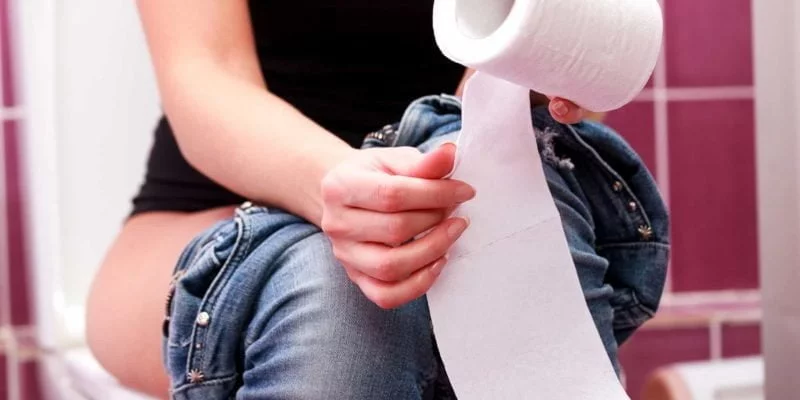
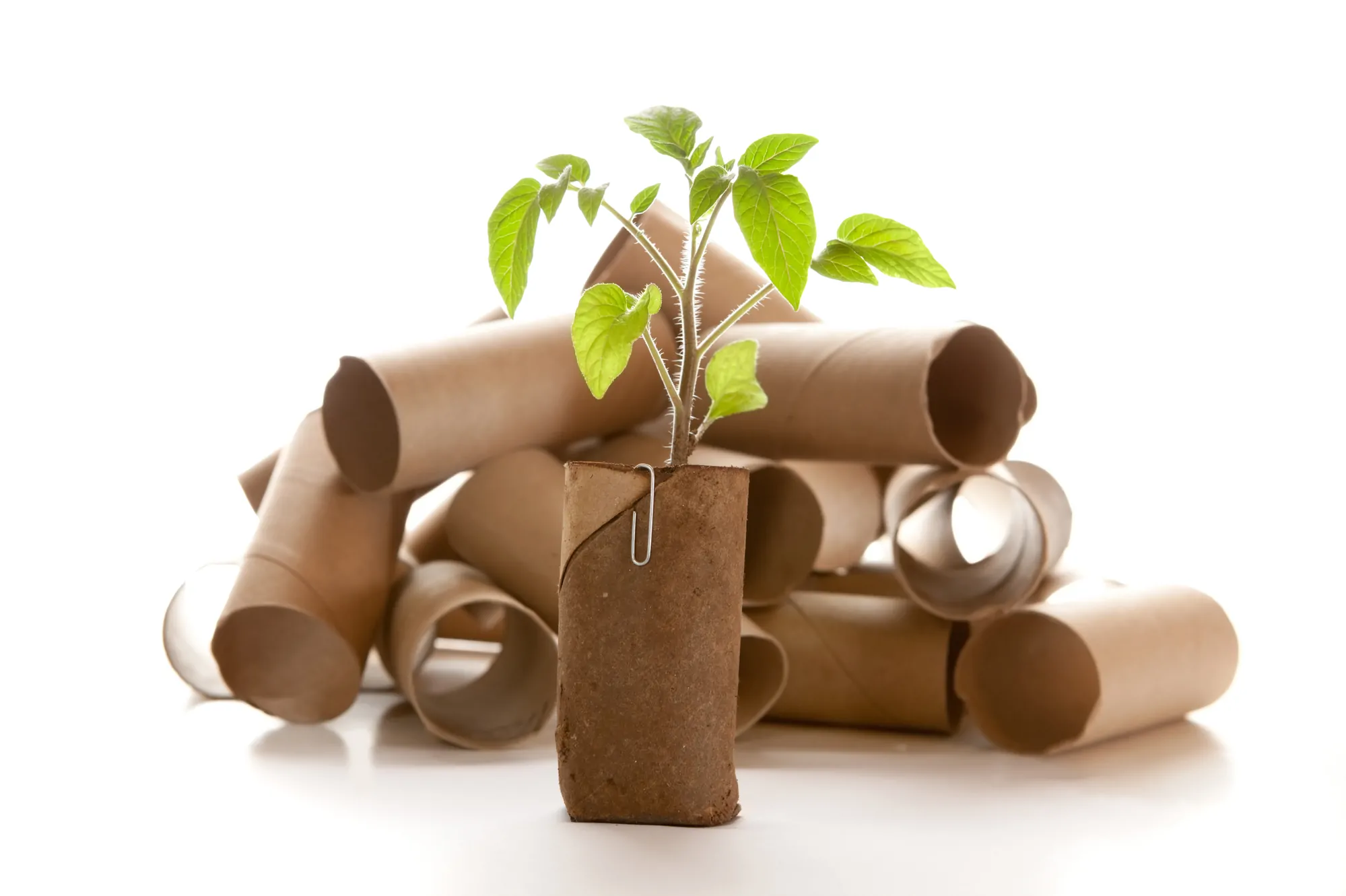
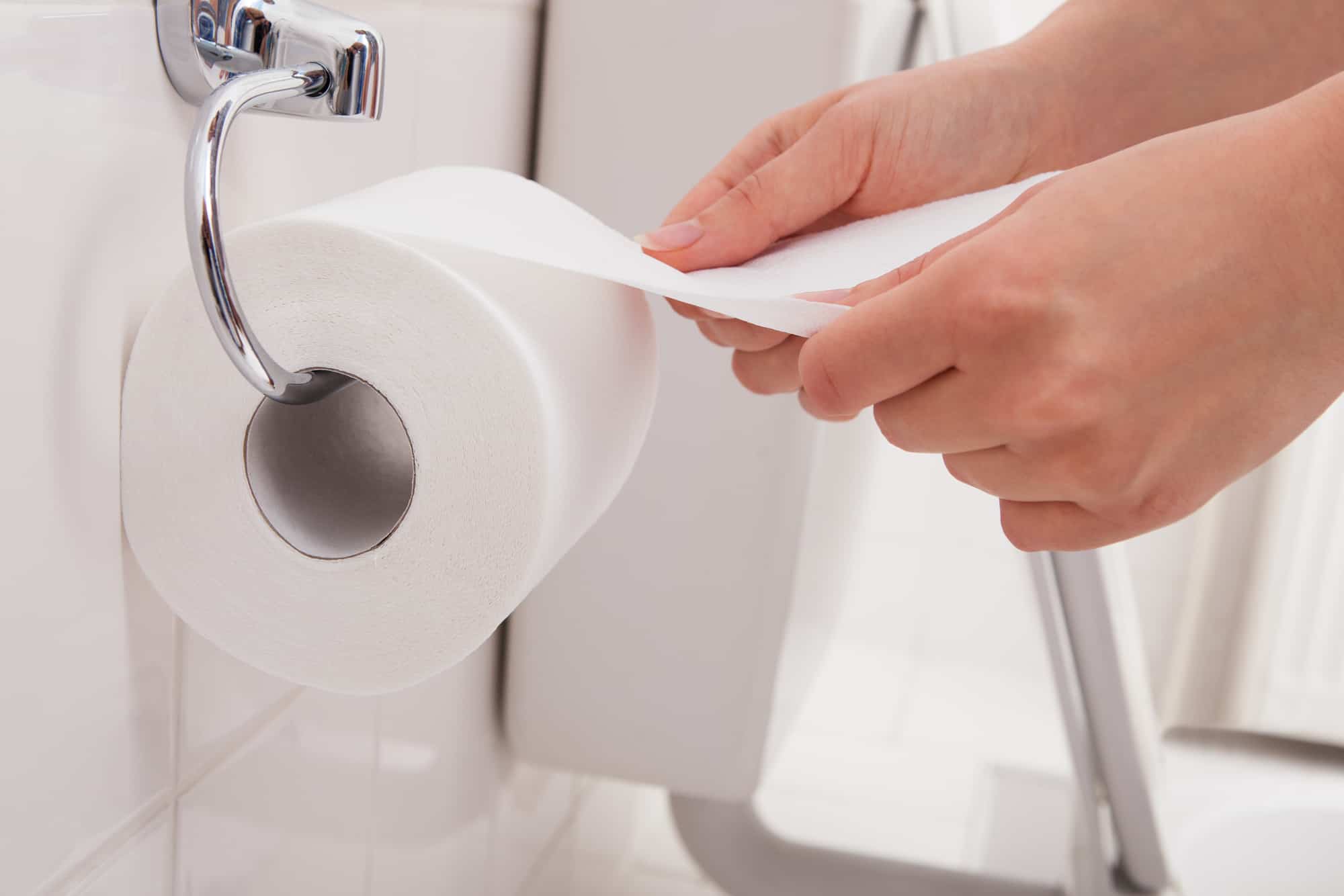
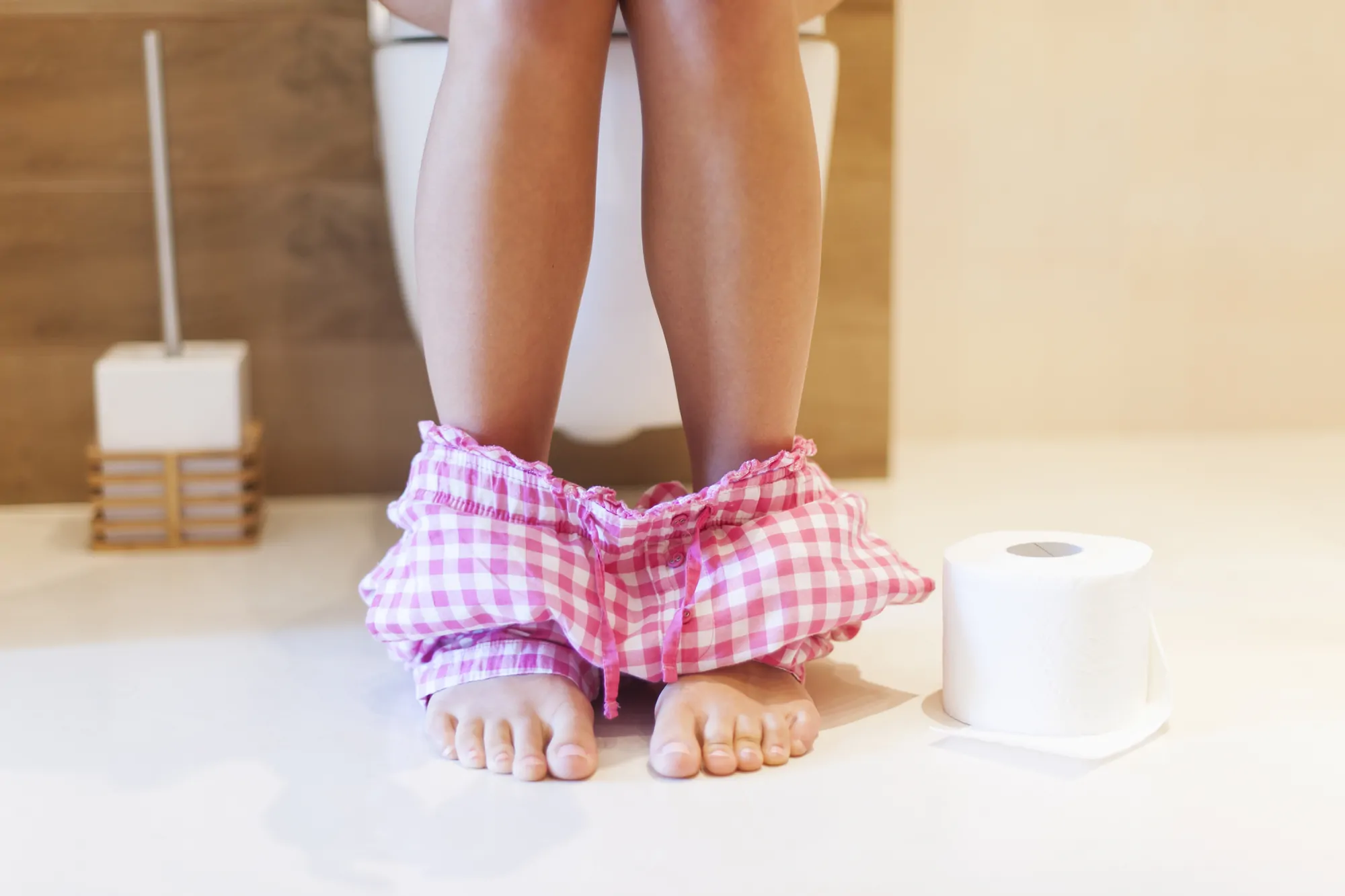
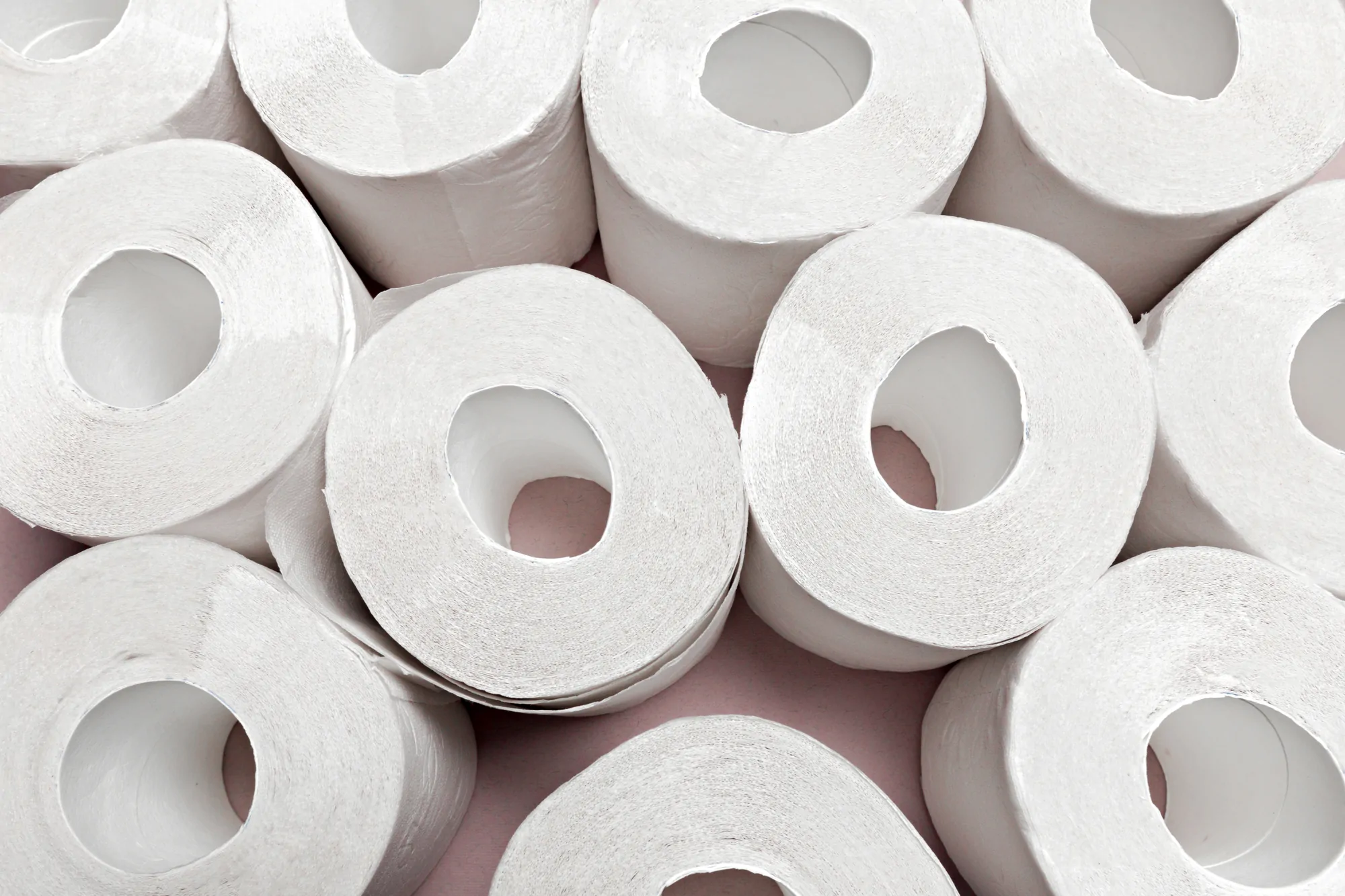
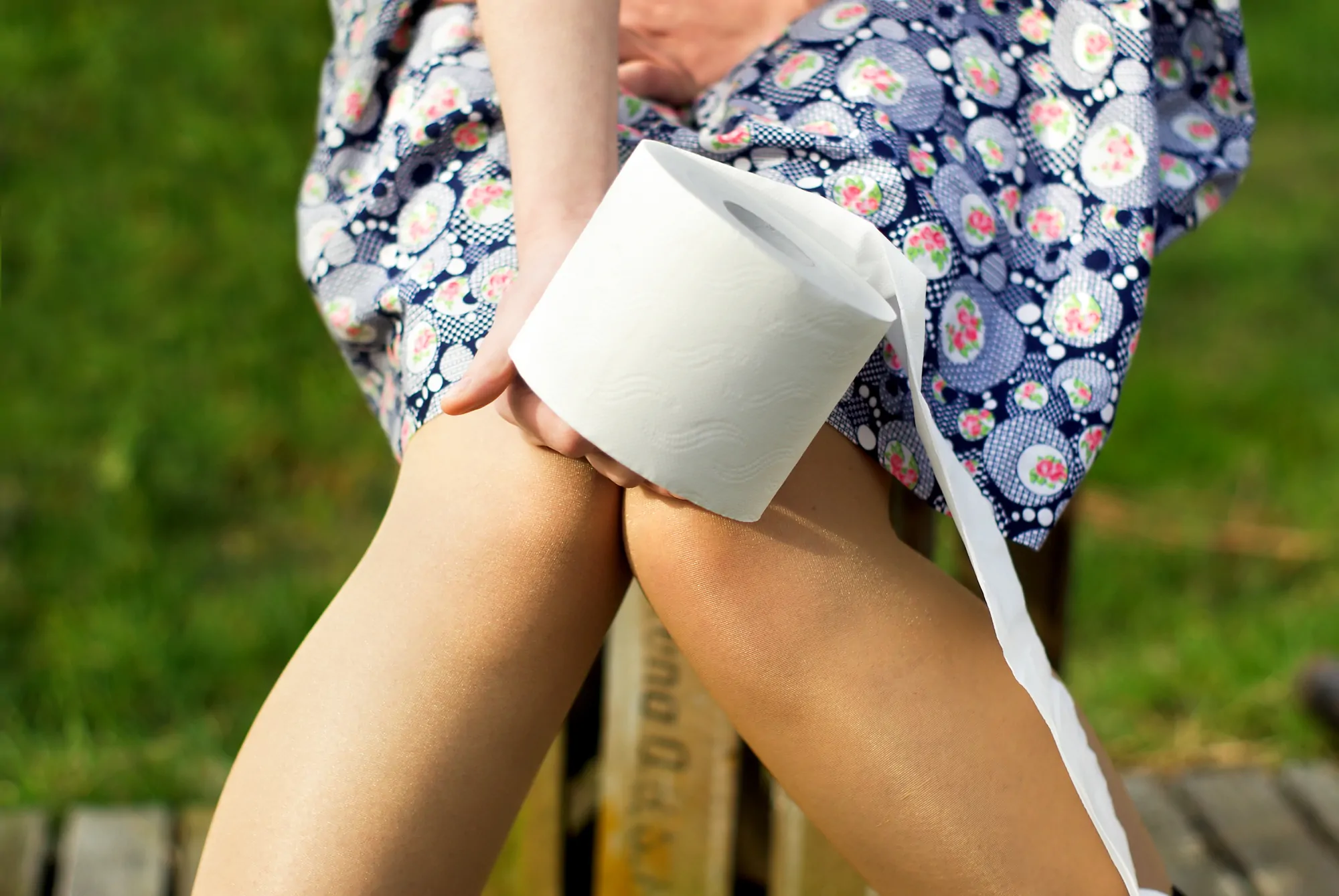

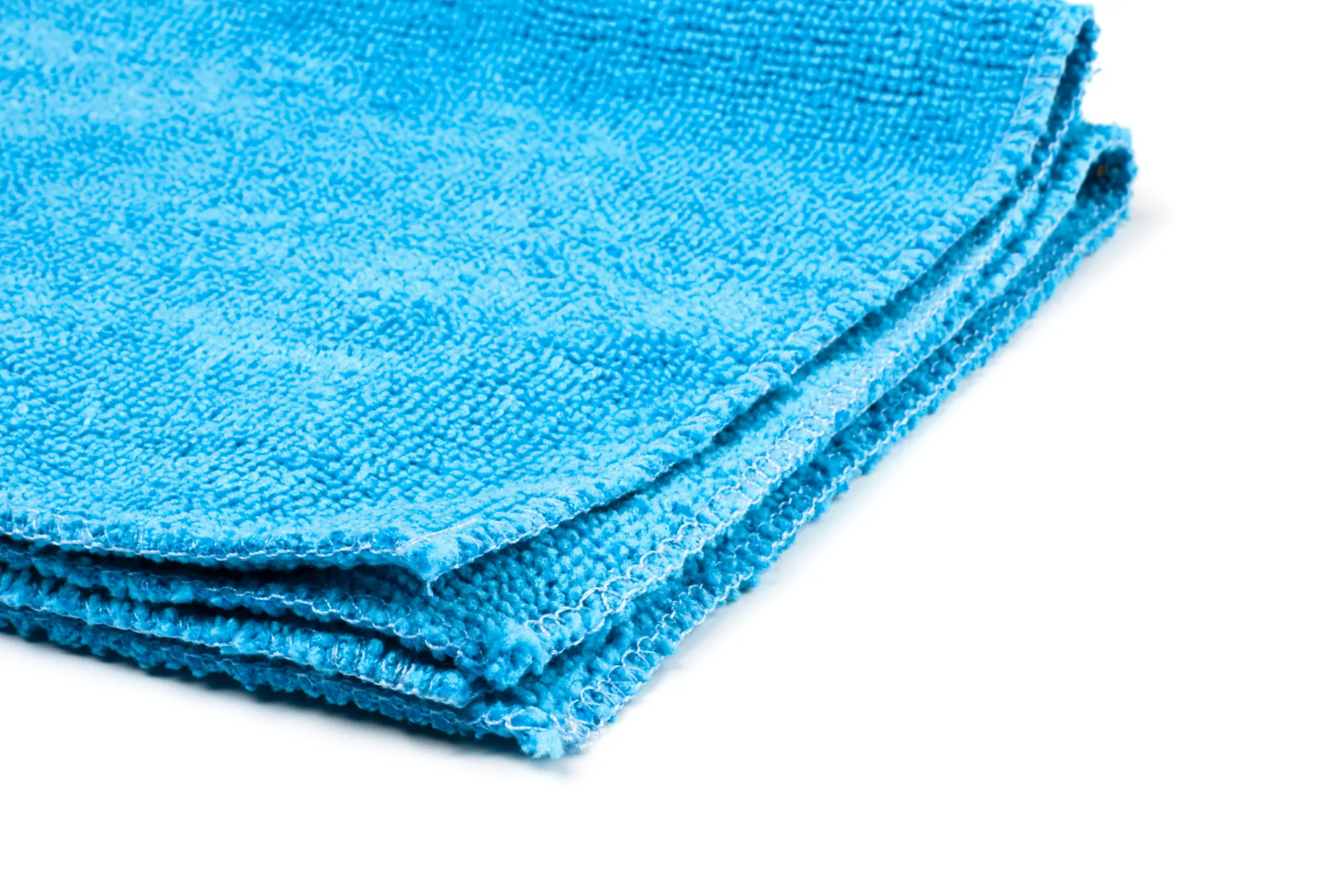
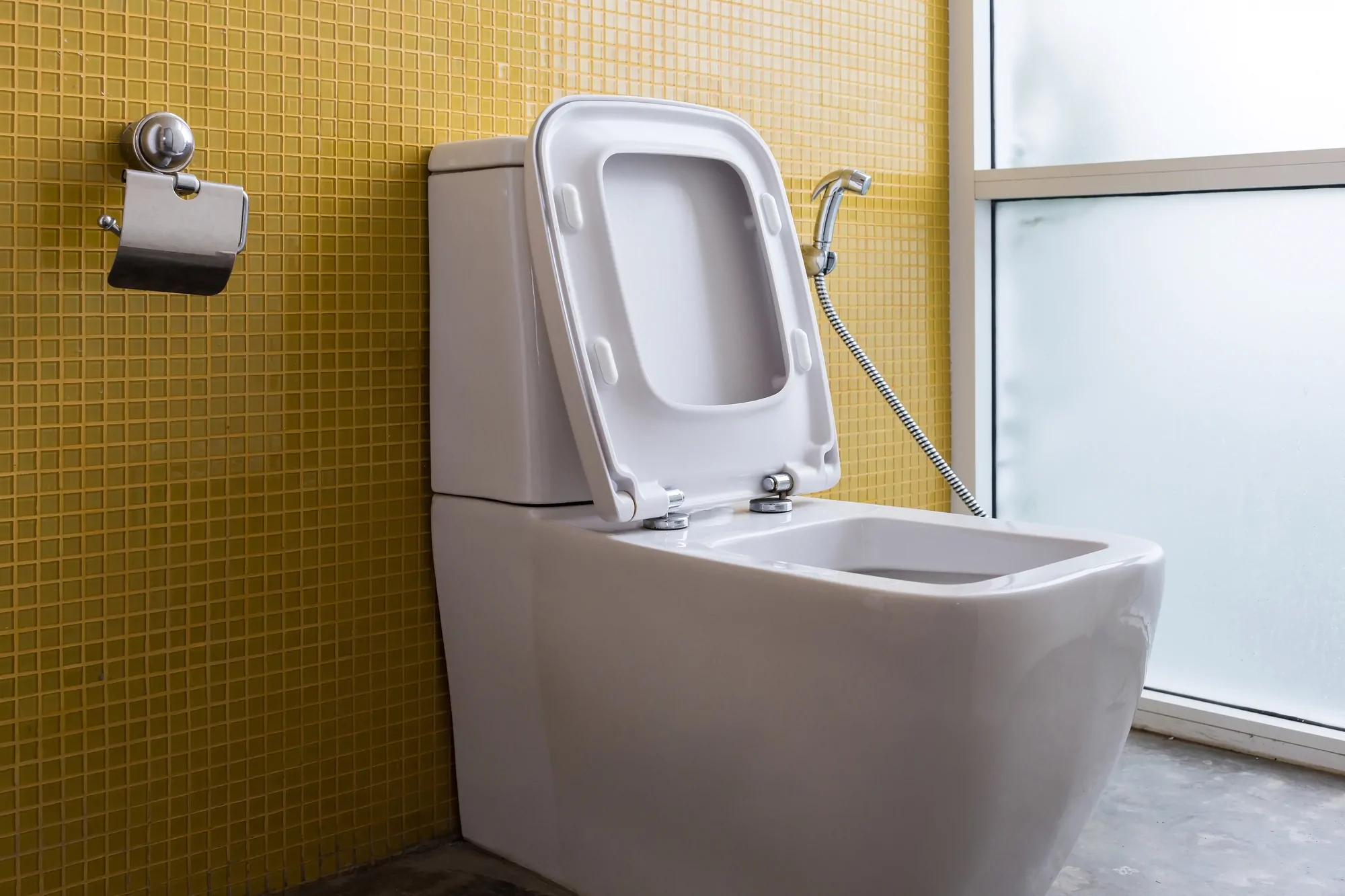
 Sweetgreen Restaurant PFAS “Forever Chemical” Laboratory Results
Sweetgreen Restaurant PFAS “Forever Chemical” Laboratory Results
Thank you for sharing this!
This is such valuable information! Thank you for taking the time to share it with us.
GMO is in most papers!
Field Day is labeled NonGMO!
thank you for this article!
are any of the recommended toilet papers above soft?
i’ve had horrible luck with the “clean toilet papers i’ve tried. they’re scratchy and cause more irritation then the more toxic ones. i truly believe in not using chlorine and pfa’s down there & love you’re putting out so much truth!
please let me know the softest one you’ve tried! thanks
Thank you for this investigation! I’ve been using a bamboo TP called Betterway which is a woman-owned small-business brand and they say they are Dye Free, Tree Free, BPA Free, Plastic Free, Formaldehyde Free and Fragrance Free. Would love for you to test this brand someday soon! Thanks!
it is a worst article ever i read ((((
it is worst article,ever i read
Hello, I saw your study on toilet paper containing PFAS and i read that you had partnered with EHN. Could you point me in the right direction to see these test results? I would like to believe that Charmin, for example, has 13 ppm, but a link to the proof is missing. Are you sending out these toilet paper brands to a third party to test? What machine are you using for analysis? An LCMS? Please let me know if I am able to view this report. Thank you!
Hi thank you for all the info!
What do you think of the brand called plant paper? Thank you!
I purchased a sugarcane organic one from Mothers Market, & my roommate came home with a new recycled brand, & its a woman’s only company which makes me feel bad, but I have not been ok since, severe rash, bumps, & I immediately noticed something was off. I also have an autoimmune disorder so I am more sensitive. I guess it’s a gift now since I immediately know if something is dangerous to my body…Do your own research, I almost cried the other night looking at recalls, nearly every product I use has been recalled & nothing on the news…🤯
If you look up how many sanitizers were contaminated it will make you want to cry, I did & since 2020, so many were recalled along with oxygen tanks, if I were a conspiracy theorist, I would almost say it looks like the plandemic had world wide population control issues. Good luck. Also stopped all toxic laundry detergent…This is crazy
Thanks for your sharing!
So disappointing that the premium Northern brand is off the list now.
Did you mean Quilted Northern? It’s listed as non detect fluorine and used FSC fiber.
Has anyone tried PlantPaper?
They just sent me test results that are very promising for fluorine
Did you do any researching on Glues, coagulants, binders???? This is a thing they do not give closure on unless you ask and get lucky that they don’t lie.
About a month ago my sister bought me a huge package of Costco t.p. since my health is going downhill and not able to shop much. I’d never used it before. I’ve also been using t.p. for blowing my nose often because it runs so much and have been out of Kleenex. Anyway, within a week the inside of my nose was blistering, then cracked open in spots, and a red rash under my nose. I have been miserable, have gone thru 2 tubes of neosporine (!)but that isn’t clearing it up, just soothing for short periods of time. I’m so thankful that nothing has happened down below. I cannot think of anything else that could have caused this but it’s extremely painful. I’m curious if anyone else has experienced this.
Dont use neosporin it has petrolium in it. The body does not know how to handle petrolium and it stores it and causes inflammation. Check out Ray Peat inerviews if you want to learn how to cure your life here on the poison planet of lies.
Hi there – do you have a link to the Ray Peat interviews? I can’t find anything on google. Thanks
Don’t try “Google “!
I used to buy Kirkland too. I finally put it together it was the toilet paper causing my down there irritation.
Have you checked if Reel brand of bamboo TP is safe? That one has gotten popular over the last year or so. Thanks for keeping us informed!
I’ve been buying Members Mark (Sam’s Club) tp lately because of the great price. But since I’ve been using it, my girl parts are experiencing a burning sensation and my butt crack has a rash. It’s very uncomfortable!! I finally traced back to when I began having these symptoms and it’s when I began using this brand!! I’m glad I found this article. Thanks I learned a lot!
We’ve used Sams Club toilet paper for years, my daughter and her family does too. We have not had any issues at all with this toilet paper.
I’m thankful to have found this article as I inquire about my recent pH-imbalance. I usually use recycled, unbleached tp or Scott, but I grabbed Charmin on a whim. I used to avoid it but I gave it a new try. I’ve had stomach cramps, muscle aches, and gassiness almost everyday after the purchase, and couldn’t figure out why. I realize this as one reason I began avoiding it years ago. Thanks for explaining about vaginal sensitivity. It’s true! I wasn’t sure if it were true for other women. I’m giving the last two rolls to a guy and going back to unbleached tp.
My mother and I both have reactions to Charmin and have for 40 years. Tide laundry soap is just as bad.
Tide laundry product sticks too tightly to the outer drum of the washing machine, the surface which is not normally scrubbable. It’s extremely difficult to remove, and it’s irritating.
Hi, could you please give your opinion on Everspring from Target?
This is really helpful. Every time I buy Charmin products, I end up with a terrible rash and a UTI. My dad never believed it was the TP, but accepted my pleas not to buy it. So I’ve avoided it for a few years. My dad slipped up and bought it recently. Just used it for the first time in forever and dear —- lord does it burn!!! I thought maybe the chronic yeast infection I’ve managed to stave off for the last year had suddenly come back, but I followed my suspicion over Charmin causing my UTIs, to find it does indeed cause symptoms of yeast infections. So turns out the medicine resistant burning I’ve been fighting wasn’t a yeast infection at all, it was toilet paper. Charmin just happens to be the worst. I’d been using some random bamboo stiff that I got on discount for the last few months, and had no issue. I do own and use a bidet, but I still used TP to dry- since it doesn’t have that function. Guess I’ll dig out my old hair dryer and stop using TP altogether.
Look up Interstitial Cystitis. That’s what can explain your symptoms. But I agree that bad tp can irritate delicate skin. That’s why I’m here reading this article myself.
Nice. I will consider using hemp toilet paper. Your article has provided useful information. Thanks guys. Hope you write more. The guilt of the amount of toilet paper that you use and the desire to protect the environment might motivate you to ponder on hemp vs bamboo toilet paper.
Hey Jessica,
I love the idea of hemp! Has it been lab tested as well? Any results available? Any idea where to purchase it in Canada?
Thanks for the suggestion!